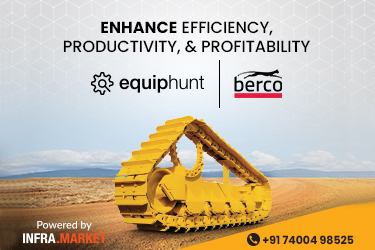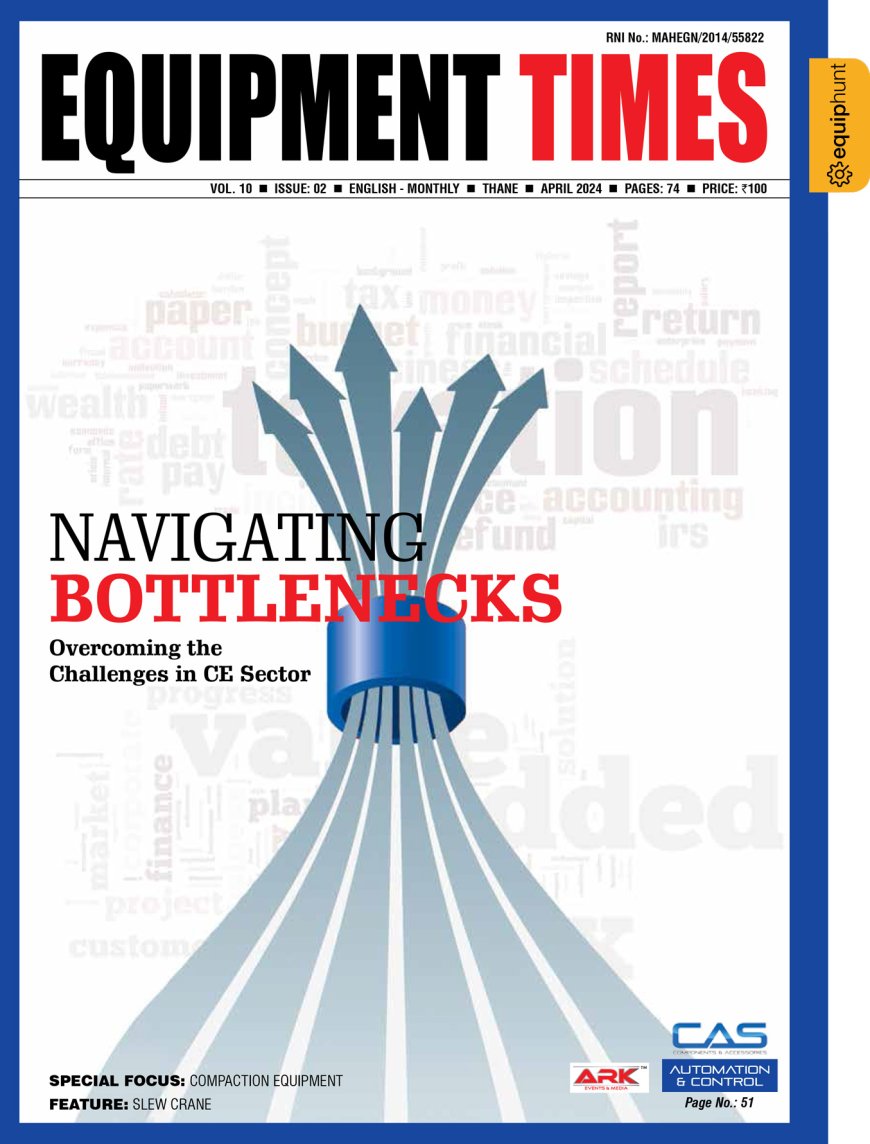Continuous upgradation and fine tuning help meet challenges in CE industry.
Teksons always strive and target “FIT & FORGET” for our products and ensure optimal total cost of ownership for our customer partners M. S. Sripathi President (Design & Development Teksons) Teksons have been manufacturing radiators from 1960. These were essentially
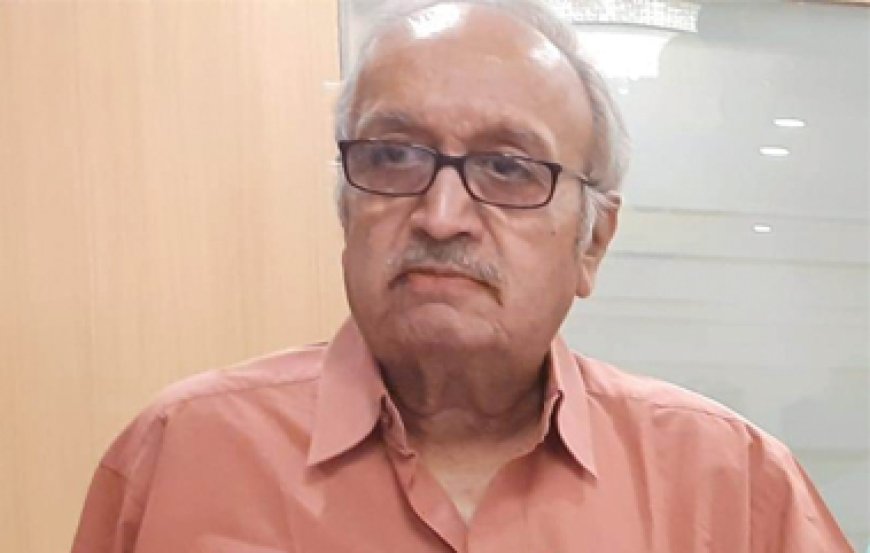
Teksons always strive and target “FIT & FORGET” for our products and ensure optimal total cost of ownership for our customer partners
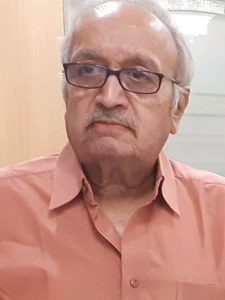 M. S. Sripathi
M. S. Sripathi
President
(Design & Development Teksons)
Teksons have been manufacturing radiators from 1960. These were essentially Cu Brass radiators. We set up a state of the art plant for manufacture of aluminium radaitors, oil coolers and charge air coolers in 2001. Teksons are now predominantly present in supply of combicoolers for construction and road building equipments, industrial and agricultural segments
How the technology in your product line, radiators and heat exchangers, has evolved and how Teksons as a company has geared up to meet the changing requirements of the market?
When we began in 1960 the whole market was full of copper brass radiators. Teksons became a big name in the highway sector, commercial vehicles, tractors, transportation segment etc. So we were practically the leaders. In the late 90’s people started talking about aluminium heat exchangers. However, we thought that India was not mature enough for aluminium radiators. But two market leaders took the lead, and had big campaigns educating everyone across India.
Teksons was one of the two big names?
No, not at all; we were a bit late as we thought that the market was not mature. So we had to start from scratch. We didn’t have any collaboration for aluminium. But the good thing was that our management felt we should do it ourselves. It took us quite some time, but it was a very good learning that has helped us to achieve a commanding position in this sector in which we are now leaders.
 Despite the fact that you were a late entrant into the market
Despite the fact that you were a late entrant into the market
In the early stages when I used to go to the customer, the first question was who our collaborator was. When I say we have done it ourselves, the rating came down a bit. We were lucky that we got our leader to support us and there hasn’t been a turning back. Because we were a bit late in setting up our facility for aluminium radiators, oil coolers, charger coolers or the whole cooling system, by the time the highway marker had been taken up by others. So we looked at openings in the construction equipment and off highway sector which was quite a technical challenge because of the size of the machines. We were lucky to have someone holding our hands; who wanted to have indigenised aluminium radiators. From then, though initially we had to struggle and fine tune the processes, there was no looking back and I am very proud that we have an undisputed leadership position in the construction equipment sector even today. In the construction equipment space we are everywhere – be it earthmoving or road making equipment, drilling equipment, compressor segment etc
Could you tell us the bandwidth?
It will be too much. To put it in simple language I can say we can provide oil coolers of 3 to 5 kg weight and we are also making about 250 to 300 kg assembly weight. We offer a wide bandwidth and our product is especially tailor-made for each type of machine.
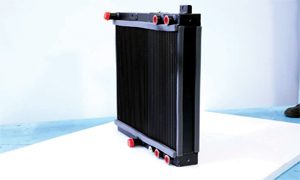 What is the impact of the latest emission norms on suppliers like Teksons?
What is the impact of the latest emission norms on suppliers like Teksons?
The main target is to make the environment greener. So the emission norms have become more stringent which means new
specs are tighter and new specifications to be met in heat exchangers. So that is quite a challenge and we are under terrible
pressure to meet the deadlines because everyone wants to and they have their own proving cycles. Our product is such that it takes its own time because of the complicated nature, and will take its own time from design, development and actual work to execution. We have to do our best and we are doing our best.
Where exactly does the challenge come from? The entire system is getting smaller in size or adding different coolants so as to comply with the norms?
Coolant will be the same. Sizing will also depend on many factors. Most of the OEMs are looking at upgrading their own models and introducing more features in the product because they have to be more competitive than their competitors in the field. So the size may not come down or increase drastically. But within the same envelope we have to make coolers more efficient.
You mean to say that the interface between different parties in the whole ecosystem is not strong?
Not really. Most of the major equipment manufacturers are leaders in their own field, big names. So it is their function to streamline the whole thing. If we have a doubt on engine specs, they clarify it or we have a joint meeting and finish it in one meeting or through a tele-conference. That is not a challenge at all; and things can be sorted out in a day or two. The interface is quite strong.
What is the pressure of this on your manufacturing system and processes?
In fact our management has been keeping its eyes open. We were the first to go in for robot for aluminium for robot welding, the whole of South East Asia. So this was done 4-5 years back. So the volumes are not posing a challenge to us. Like that everywhere we are well prepared to face the challenges unless there is a drastic change in the whole scenario which I do not personally believe will happen in next 5-6 years.
But how do you view the challenges thrown open from the Chinese players?
There is continuous challenge from Chinese counterparts. We do not have a choice; we need to bring down manufacturing cost, introduce new models and make our deliveries faster; and we will have to be at par because we are one tenth of their volume. Construction equipment here is like one tenth of them. We are constantly in threat. We are constantly reminded of it by our customers.
2018 was a very good year and maybe best year for OEMS. How do you assess the growth prospects?
Our business is market-driven and cyclic in nature, so we have to make sure we are geared up to be flexible to meet both plus and minus. I think we have fairly learnt to play the game now. There is a dip in demand due to monsoon, and the industry is expecting an uptrend from September. End of this fiscal at least about 10-15% business should pick up volume wise.
Any technology upgradation is happening in the product side?
On the material side globally the industry is looking at more corrosion resistance and higher temperature resistance. We are up to date on what’s happening and and we should be ready to offer it to our customers.
Is there any investment on the pipeline?
Upgradation is continuous process; and we are going for robot, new Furnace line and various process improvements. We are also expanding our capacity as we expect better growth, and also due to the addition of new customer. We foresee a good growth in the next few years so we are gearing up.
How do you look at the competition?
We came into this segment first and we have got leadership and I am sure we will maintain that edge. We have created niche markets and we will continue to hold our edge.
Why customer has to come to Teksons?
One of our core strength is our design capability right from the ground level. That is a very big advantage as many copy paste. A customer can tell us this is what he requires, we pick it up from there and we can deliver it all the way. The whole game about design, development, testing, making a pilot product and handling whatever issues come in between, and then getting into serious production. We are best in terms of time cycle.
Another strength is the response time – the capability we have developed in responding to the customer concerns in quick time.
We are very close to the customer and customer satisfaction is our motto. Our product range is crucial because it is heart of the system. A customer cannot afford the downtime. The promise is to put the machine back in a few hours that is where the game is, helping to get maximum uptime.
Hits: 77





